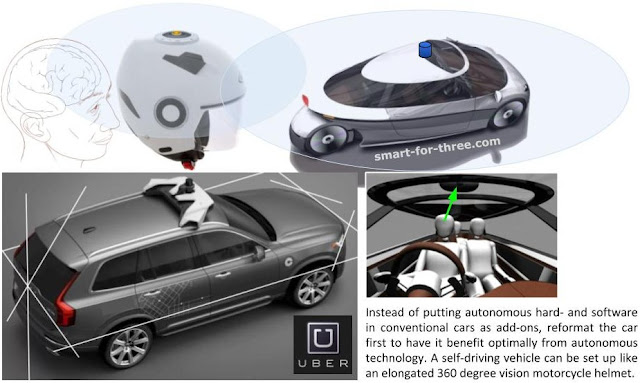Some point from the article:
Although Light Detection and Ranging has proven its reliability and accurate ranging capabilities, the hardware’s size and cost of some US$10,000 per unit are huge obstacles to its mass commercialization.
Complete nonsense. Lidar does not cost 10k anymore, nowhere near for the products relevant here — let alone in volume anyway.
In order to survive, LiDAR companies need to either secure orders from L4 autopilot teams or integrate with auto manufacturers’ supply chains.
Probably so, but misleading. The real problem isn’t integrating into those supply chains, it is the supply chains simply don’t exist. Nobody has L4 supply chains because nobody has L4 volume products or plans for them in the near future.
Top tier auto parts suppliers such as Bosch, Aptiv, ZFAuto part manufacturers have not exactly embraced the commercialization of L3/L4 self-driving tech such as pricey LiDARs.
Again misleading. It is completely true that auto parts manufacturers — just like the timid auto manufacturers — have not embraced the commercializiation of L3/L4 (much discussed on this forum too and rightfully derided by people like
@Bladerskb).
The problem is: this has got nothing to do with not embracing Lidar. In fact almost everyone but Tesla has embraced Lidar for L3/L4 commercialization... the problem is they have not embraced the actual commercialization of L3/L4 products, which would then use those Lidars. No volume products = no parts needed for them in volume.
The unsolved or research problem with these self-driving projects is not Lidar. It is the self-driving code and networks. As long as that is not a commercial volume product, the hardware parts are not needed.
A startup rep told us “car manufacturers are considering many promising sensors for mass production targeting the year 2021… unfortunately, LiDAR is not on the list.”
Yep, I don’t expect widespread adoption of Lidar for Level 2/2+ cars. As long as the year 2021 plans are just Level 2/2+ cars, why would Lidar be on the list?
At this spring’s Tesla Autonomy Investor Day event, Elon Musk once again dissed the “fools” relying on LiDAR for self-driving vehicle development
Turns out, this was just clickbait. The article does not analyze the relevance of Elon Musk’s comments at all. But let me: they are not relevant. Companies have not turned their back on Lidar at all as a technology. They just don’t need it until they have volume Level 3 and above products to sell — and that indeed is something which seems to keep getting delayed and delayed... and with it the need for Lidar.
Now, where Elon has a chance to prove everyone wrong and himself correct, is if Tesla actually delivers on Level 5 no geofence robotaxi feature complete in 2019 and in operation in 2020. That could reset some of the above expectations. But until then, Tesla’s is one more research project amongst many.
Once autonomous (Level 3 and above) is being shipped in volume, we shall really see what technologies it is using and who was ”right”.



